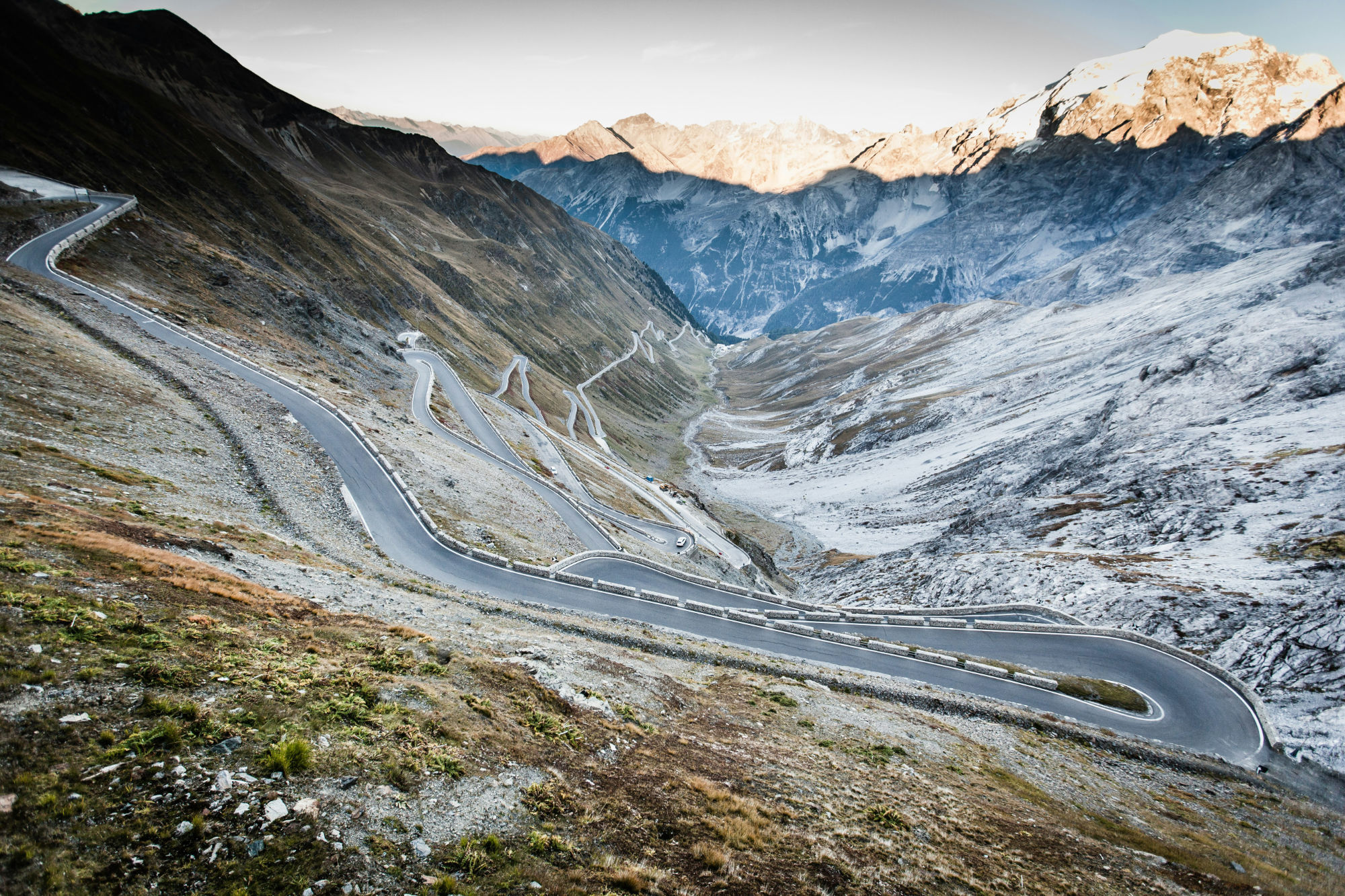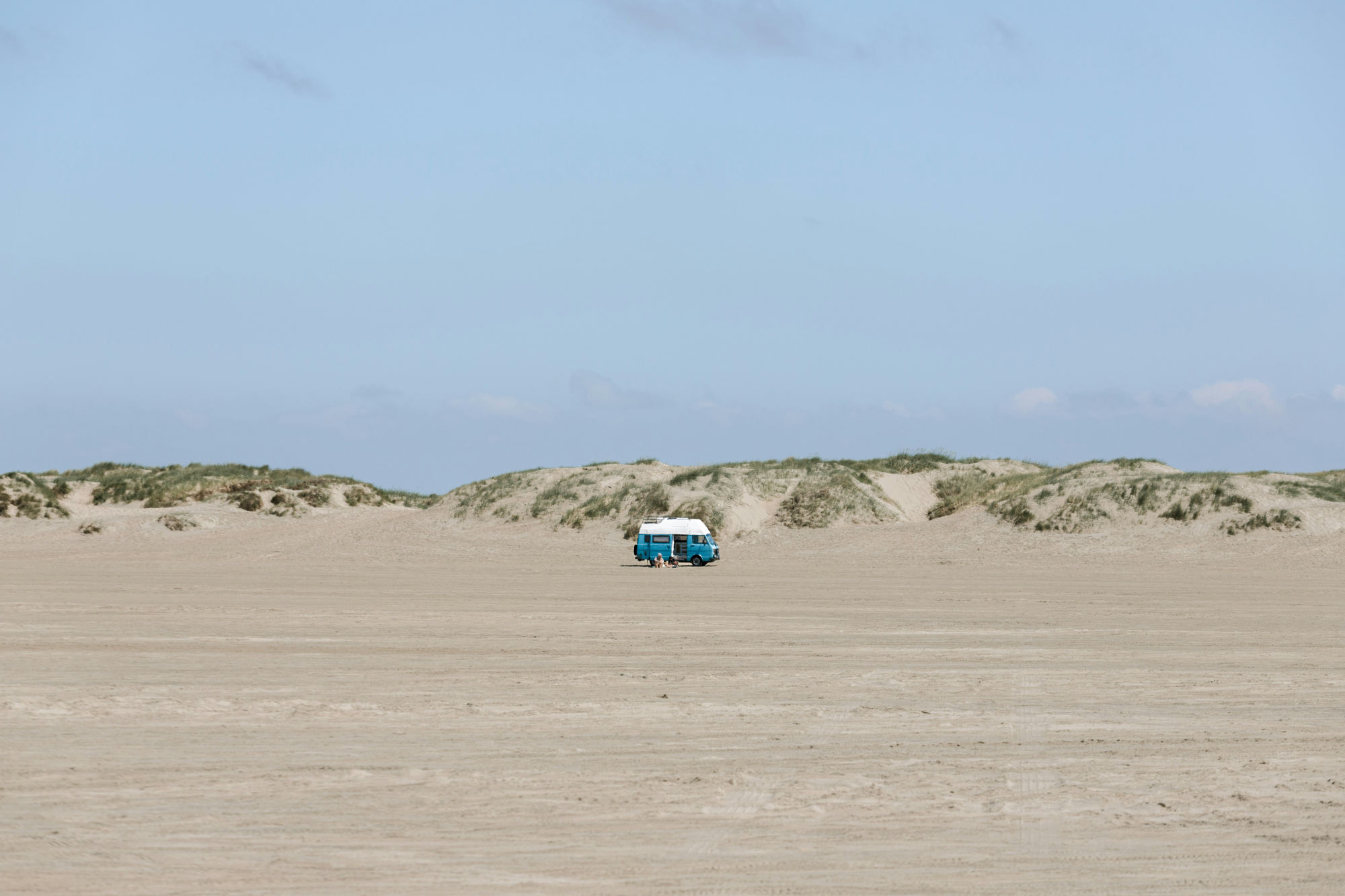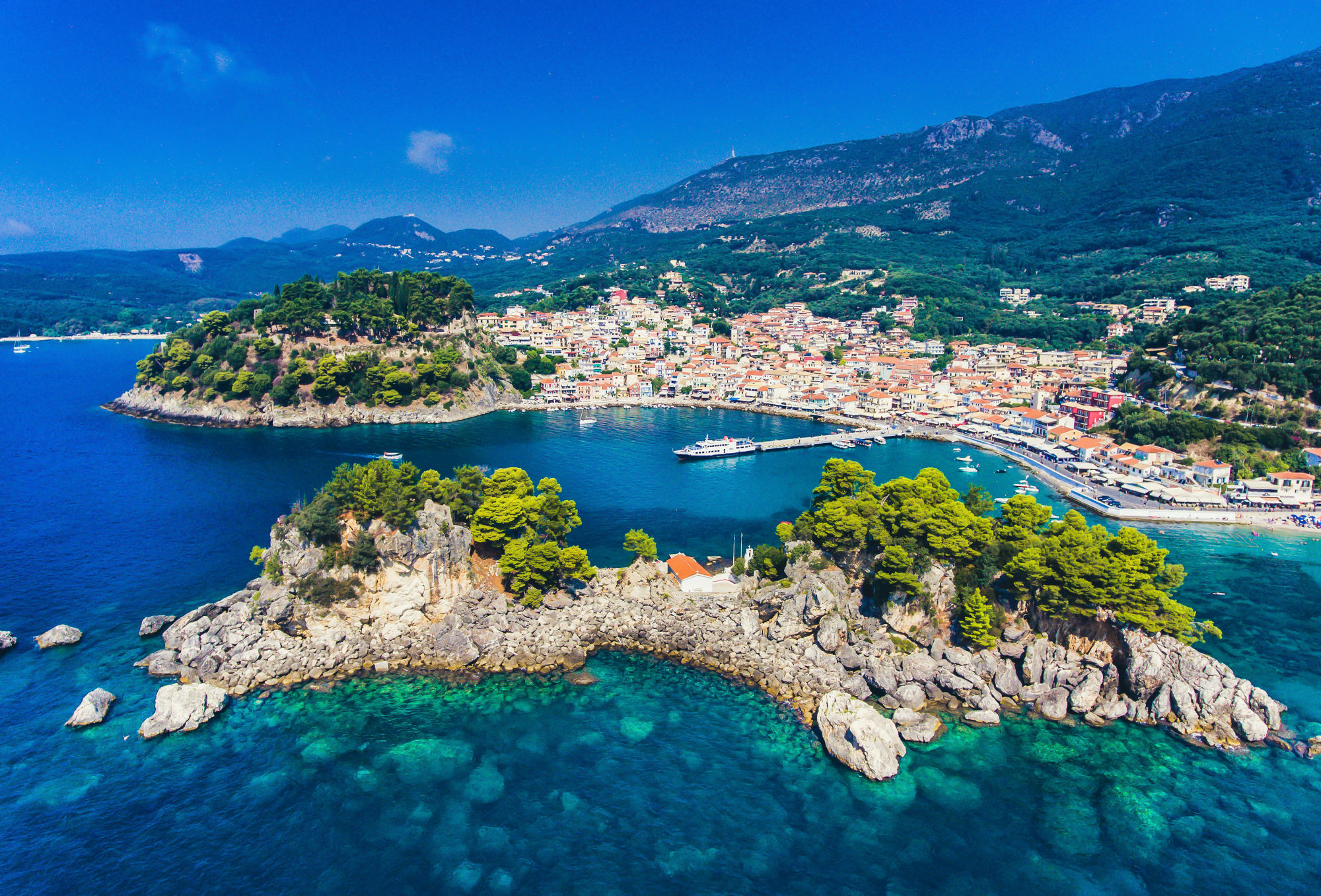Europe’s Best Mountain Passes for Drivers: Stelvio, Grossglockner & More

Few driving experiences in the world compare to navigating Europe’s legendary mountain passes. These winding ribbons of asphalt carve their way through dramatic alpine scenery, challenging drivers with hairpin bends while rewarding them with unforgettable views. From Italy’s Stelvio Pass to Austria’s Grossglockner High Alpine Road, and many more hidden gems across the Alps and Pyrenees, these roads are more than just routes from point A to B—they are adventures in their own right.
In this long-read, we explore the most iconic passes for drivers in Europe, what makes each of them unique, the best times to visit, and practical tips for planning your ultimate mountain road trip.
Why mountain passes captivate drivers
Mountain passes are where motoring and nature collide in the most thrilling way. For enthusiasts, they offer:
Challenging driving dynamics with tight hairpins, sweeping switchbacks, and dramatic elevation changes.
Breathtaking scenery ranging from snow-capped peaks to glacial lakes and lush alpine meadows.
Cultural and historic depth, as many of these routes have been strategic military roads, pilgrimage paths, or trade routes for centuries.
Seasonal variety, with green valleys in summer, fiery foliage in autumn, and snow-dusted ridges in spring.
It’s no wonder that many of these roads feature in car commercials, Top Gear episodes, and the bucket lists of petrolheads around the globe.
The Stelvio Pass (Italy)
No list of Europe’s best driving roads is complete without the Stelvio Pass, or Passo dello Stelvio. Located in the Italian Alps near the Swiss border, Stelvio sits at an elevation of 2,757 meters, making it one of the highest paved mountain passes in Europe.
Driving experience
The eastern ascent from the town of Prato allo Stelvio is legendary: 48 hairpin turns packed into just over 24 kilometers. Each switchback is numbered, counting down as you approach the summit. The drive demands concentration but rewards you with panoramic views over the Ortler Alps. On the western side, the descent toward Bormio is slightly more open, offering smoother curves and long sightlines.
When to go
The pass is usually open from late May to October, depending on snowfall. Summer weekends can get busy with cyclists, motorcyclists, and tourists, so weekdays in June or September often provide the best balance of clear roads and mild weather.
Why it’s famous
The Stelvio has earned mythic status thanks to its extreme elevation and iconic switchbacks. It has been a stage in the Giro d’Italia cycling race and was once called the “greatest driving road in the world” by Jeremy Clarkson. For many drivers, tackling Stelvio is a rite of passage.
Grossglockner High Alpine Road (Austria)
Austria’s Grossglockner Hochalpenstrasse is more than just a road—it’s a scenic toll route built as a showcase of engineering and alpine tourism. Stretching 48 kilometers through the Hohe Tauern National Park, the road links the towns of Bruck and Heiligenblut and climbs to a maximum elevation of 2,504 meters.
Driving experience
The Grossglockner offers a smoother, more flowing drive compared to Stelvio. With 36 bends and wide, well-maintained asphalt, it strikes a balance between exciting driving and comfortable touring. Several lookout points along the way, including the Kaiser-Franz-Josefs-Höhe, provide postcard-perfect views of Austria’s highest peak, the Grossglockner (3,798 meters).
When to go
The road is open seasonally from early May until late October, with exact dates depending on snow clearance. A toll fee applies, but the price includes access to exhibitions, museums, and hiking trails along the route.
Why it’s famous
The Grossglockner is the quintessential Alpine driving experience: a purpose-built scenic highway that showcases Austria’s natural beauty. It’s ideal for drivers who want a mix of thrilling curves and plenty of places to stop, explore, and soak in the surroundings.
Furka Pass (Switzerland)
Made famous by the James Bond movie Goldfinger (1964), the Furka Pass in Switzerland is one of the most cinematic drives in the Alps. At 2,429 meters, it connects the towns of Gletsch and Realp and offers views of the Rhone Glacier.
Driving experience
The Furka combines long straights with dramatic switchbacks, creating a rhythm that alternates between adrenaline and awe. The narrow roads demand caution, but the payoff is extraordinary views over glacial valleys and snow-capped ridges.
Why it’s worth it
Standing at the Belvedere Hotel (seen in Bond’s Aston Martin DB5 chase) feels like stepping into film history. The Furka is often combined with nearby passes like Grimsel and Susten for an epic three-pass loop.
Col de l’Iseran (France)
At 2,764 meters, the Col de l’Iseran is the highest paved mountain pass in Europe. Located in the French Alps, it links the Tarentaise and Maurienne valleys and is part of the famous Route des Grandes Alpes.
Driving experience
The northern ascent from Val-d’Isère is wide and relatively gentle, while the southern descent toward Bonneval-sur-Arc is steeper and more technical. The landscape is vast and rugged, with snow often lingering into July.
Why it’s unique
Its sheer height and remote location give the Col de l’Iseran a wild, untamed feel. Cyclists know it from the Tour de France, but for drivers, it’s a chance to touch the roof of the Alps.
Transfăgărășan Highway (Romania)
Romania’s Transfăgărășan Highway has been dubbed “the best driving road in the world” by motoring shows, and for good reason. Built in the 1970s under Nicolae Ceaușescu, this 90-kilometer road carves through the Făgăraș Mountains, part of the Carpathian range.
Driving experience
Dozens of hairpins, long tunnels, and viaducts combine to create a dramatic route that feels almost surreal. The north side climbs steeply from Curtea de Argeș, while the south side offers sweeping curves past Bâlea Lake and into Transylvania.
Why it’s famous
The Transfăgărășan is an engineering marvel that combines rugged scenery with pure driving drama. It’s also one of the longest and most varied passes in Europe, making it a full-day adventure.
Col du Galibier (France)
Another Tour de France legend, the Col du Galibier rises to 2,642 meters in the French Alps. It connects the Maurienne and Briançon valleys and is often paired with the Col du Télégraphe.
Driving experience
Expect narrow, twisting roads with sheer drops and breathtaking alpine meadows. The summit offers panoramic views across the Dauphiné Alps, with Mont Blanc visible on clear days.
Why it stands out
The Galibier is less commercial than some other passes, giving it an authentic mountain feel. It’s a favorite among cyclists, but drivers will find it equally rewarding.
Tips for planning your mountain driving adventure
Check seasonal closures: Most high-altitude passes are closed from late October to May due to snow. Always confirm opening dates before setting out.
Start early in the day: Roads are quieter in the morning, and you’ll avoid afternoon thunderstorms common in the Alps.
Respect cyclists and motorcyclists: Mountain passes are shared by many enthusiasts—overtake safely and be patient.
Prepare your car: Ensure brakes, tires, and cooling systems are in top condition. Mountain driving is demanding.
Don’t rush: The beauty of these passes lies in both the drive and the scenery. Plan stops at viewpoints and villages along the way.
The ultimate loop ideas
Swiss Triple Pass: Combine Furka, Grimsel, and Susten in a single day for a diverse range of landscapes and driving challenges.
Route des Grandes Alpes (France): A multi-day journey from Lake Geneva to the Mediterranean, covering passes like Iseran, Galibier, and Turini.
Alpine Grand Tour (Italy & Austria): Drive Stelvio, then cross into Austria for the Grossglockner, blending Italy’s intensity with Austria’s elegance.
Conclusion
Europe’s mountain passes are more than roads—they are living landmarks where history, nature, and engineering converge. Whether you’re conquering the tight switchbacks of Stelvio, cruising the scenic curves of Grossglockner, or chasing cinematic memories on the Furka, each pass offers a unique blend of thrill and beauty.
For drivers, they represent the ultimate test of skill and a reminder that the journey itself can be the destination. Pack your bags, tune up your car, and prepare for one of the greatest driving adventures Europe has to offer.


